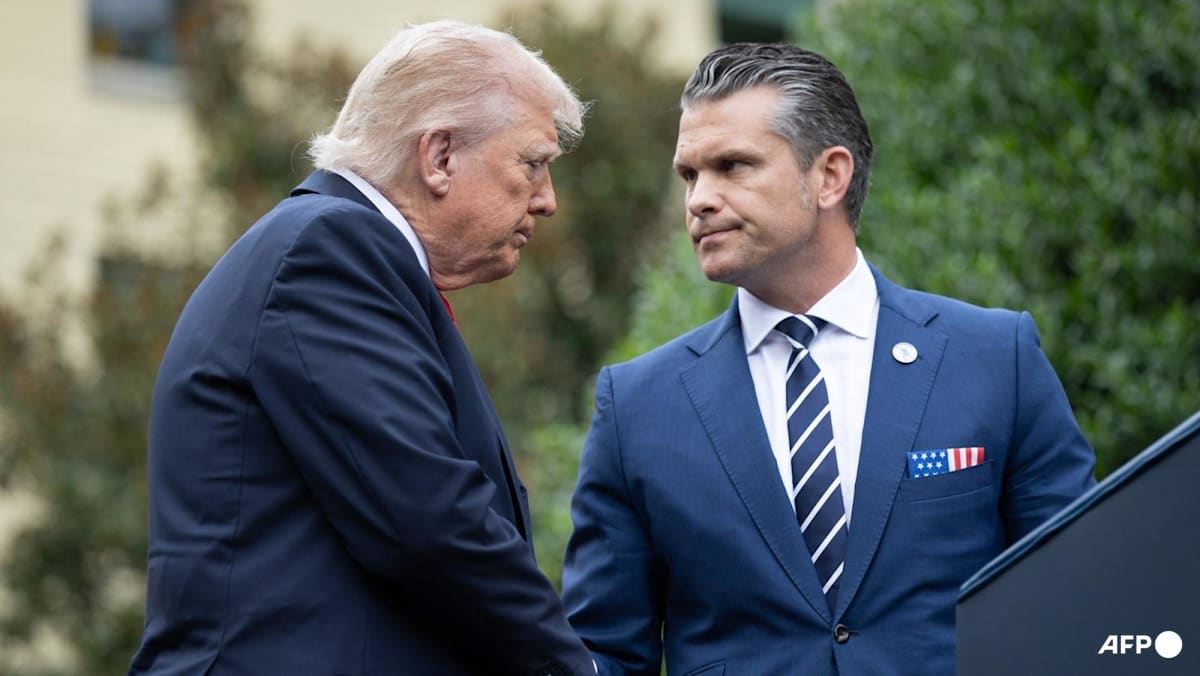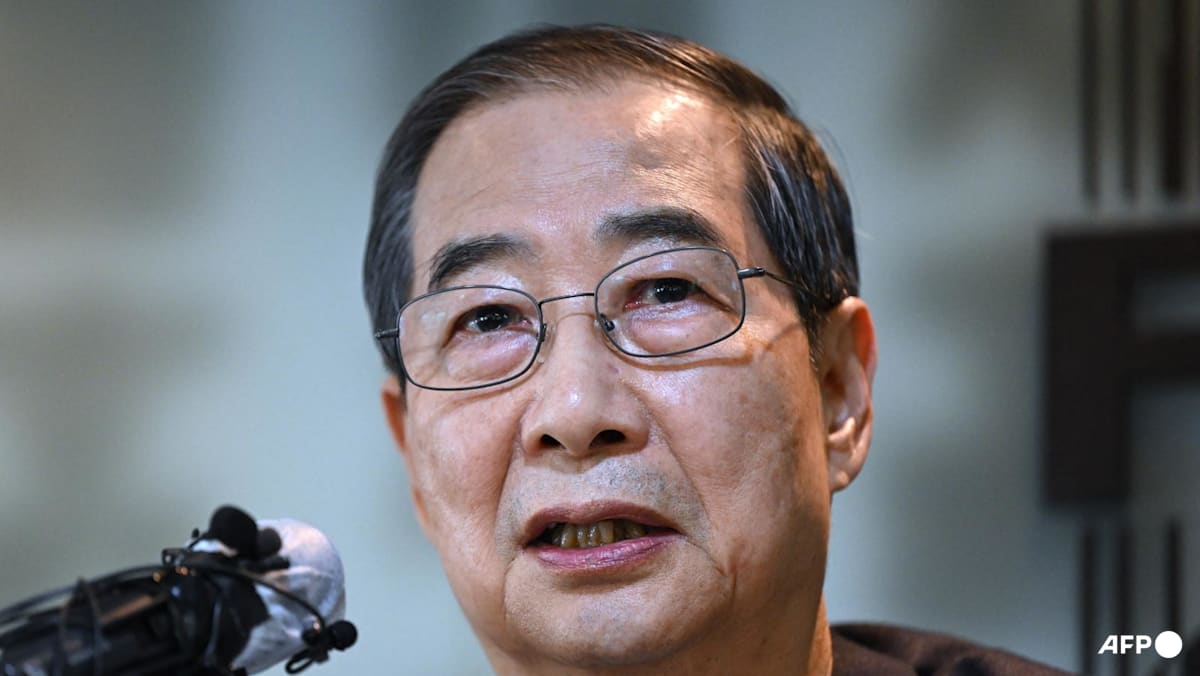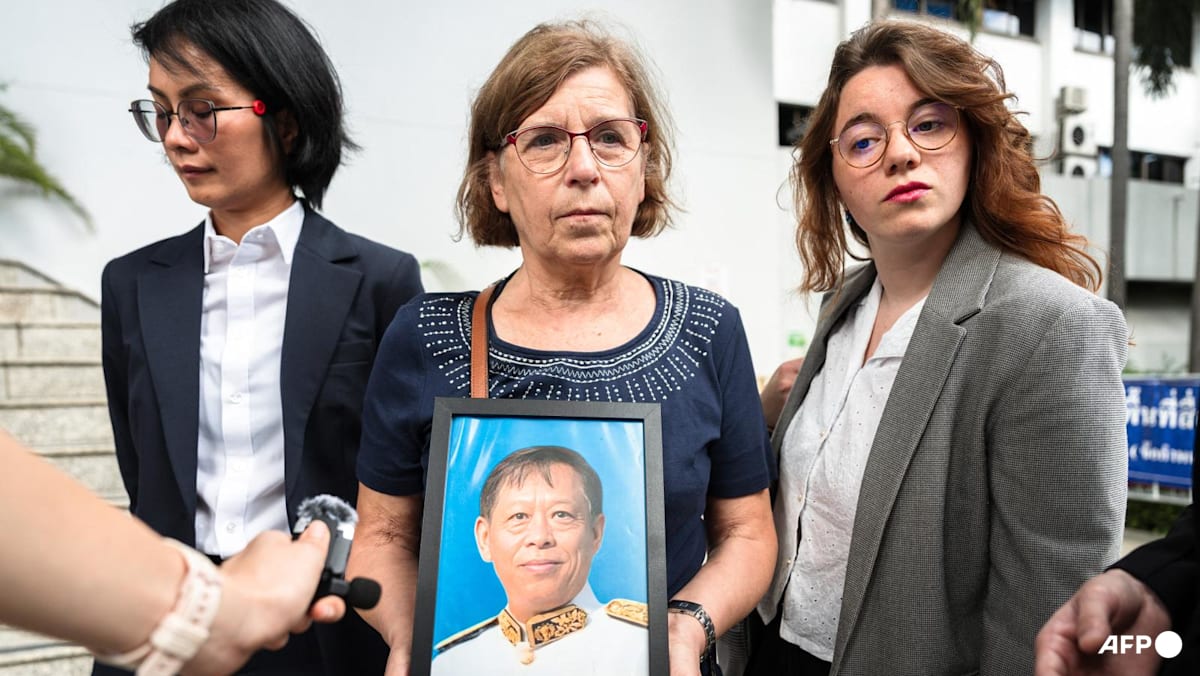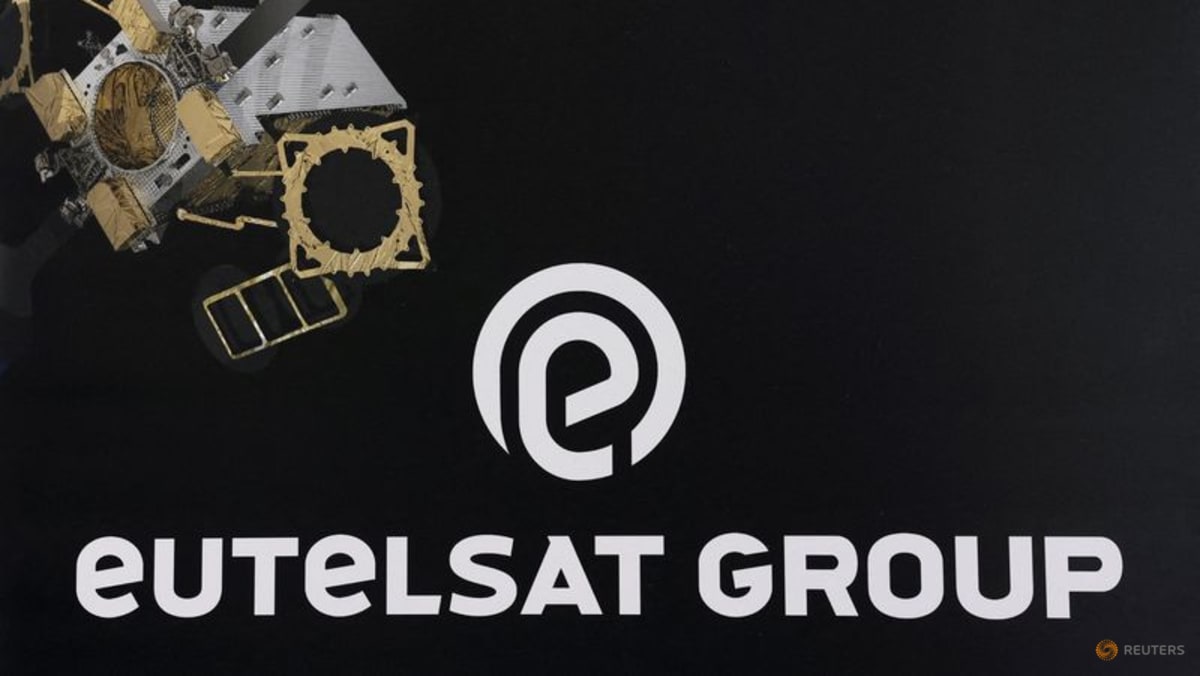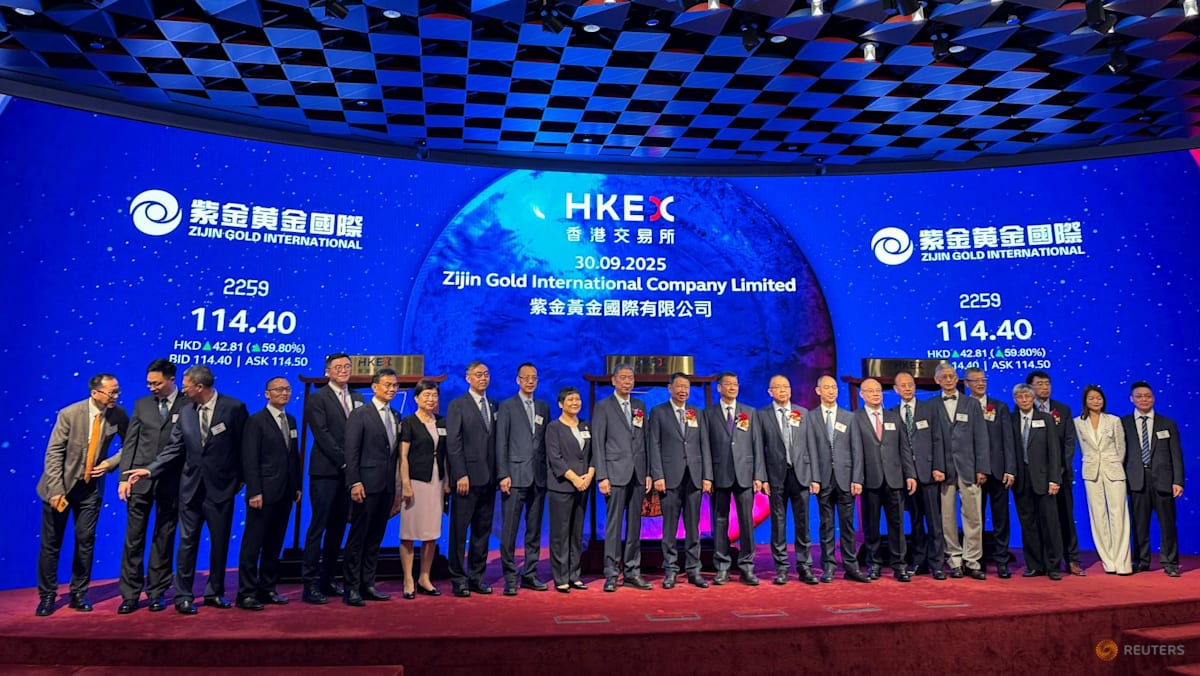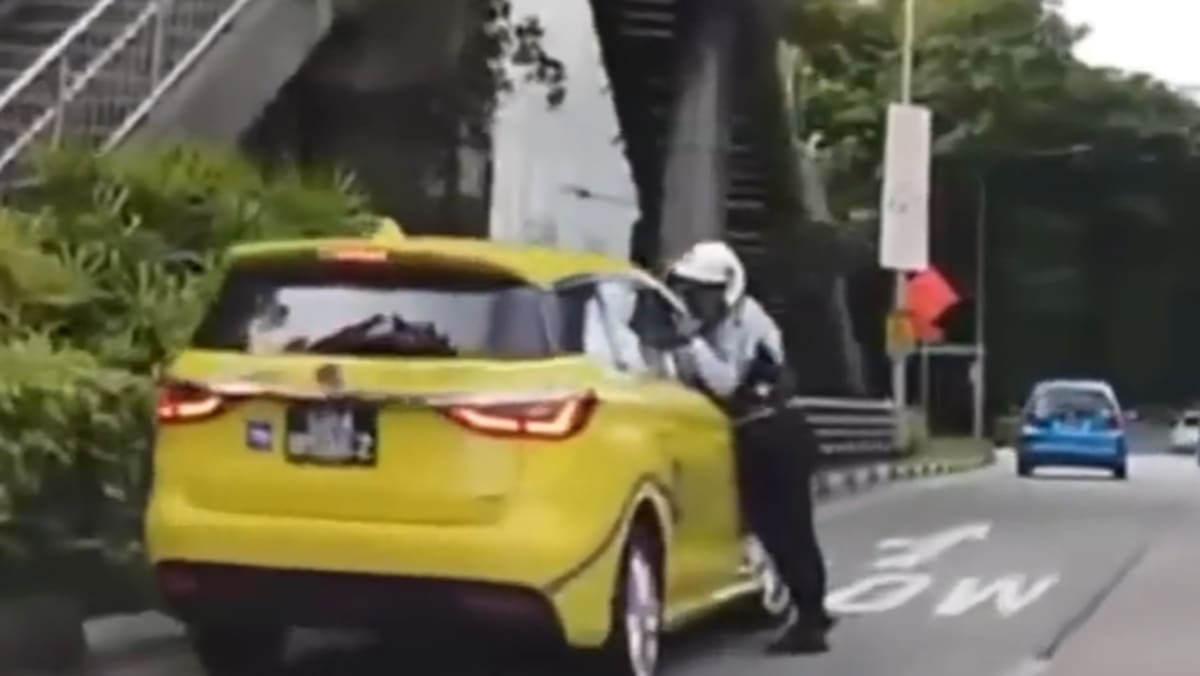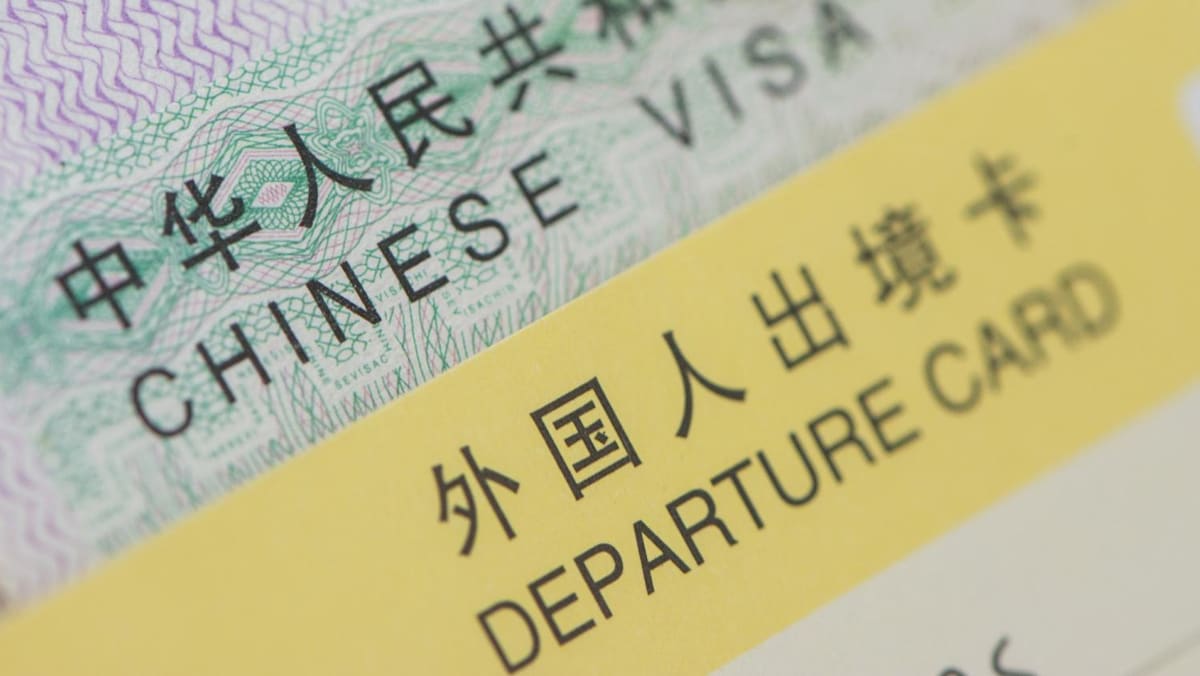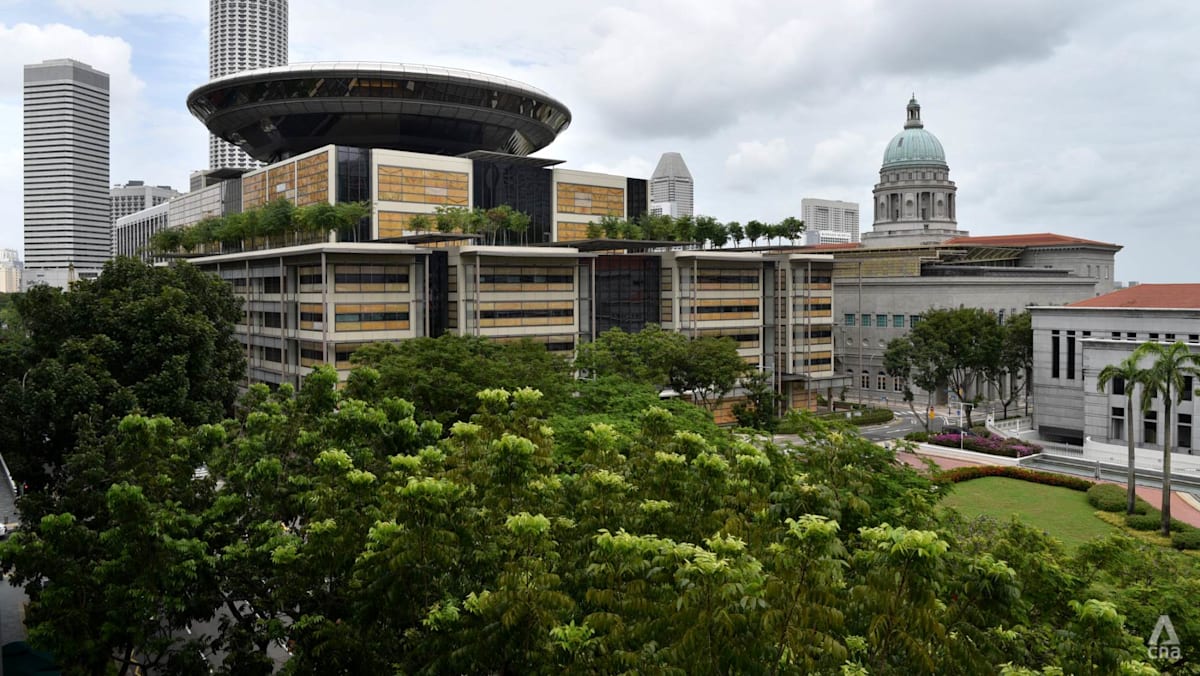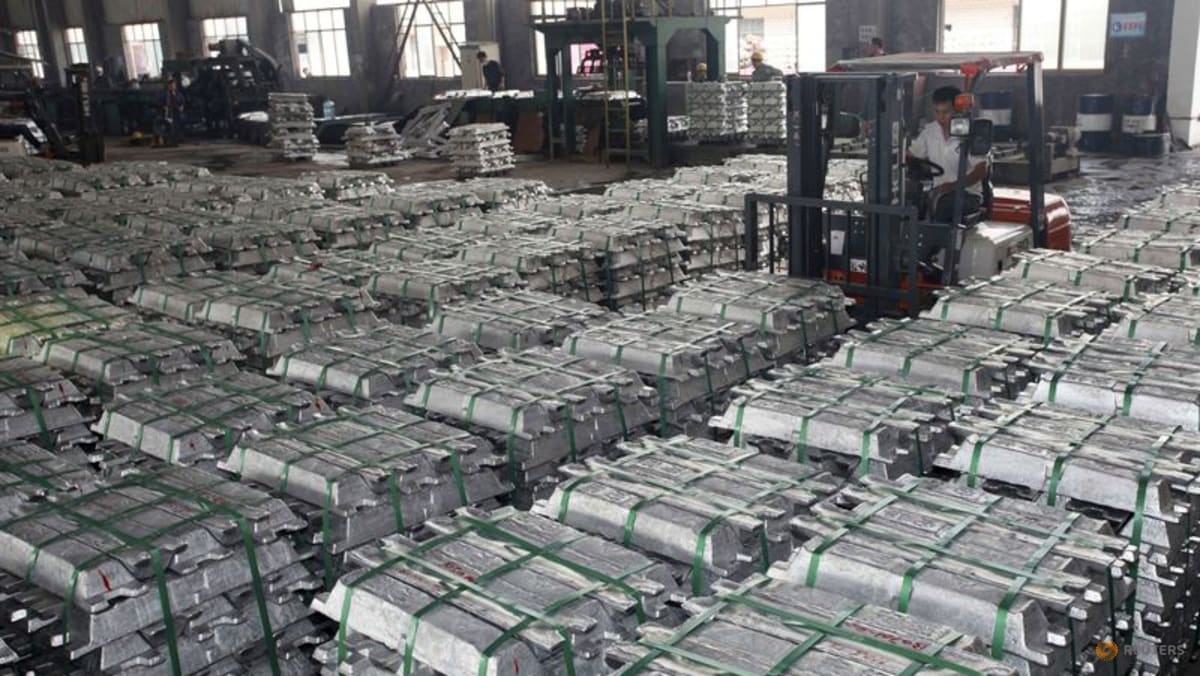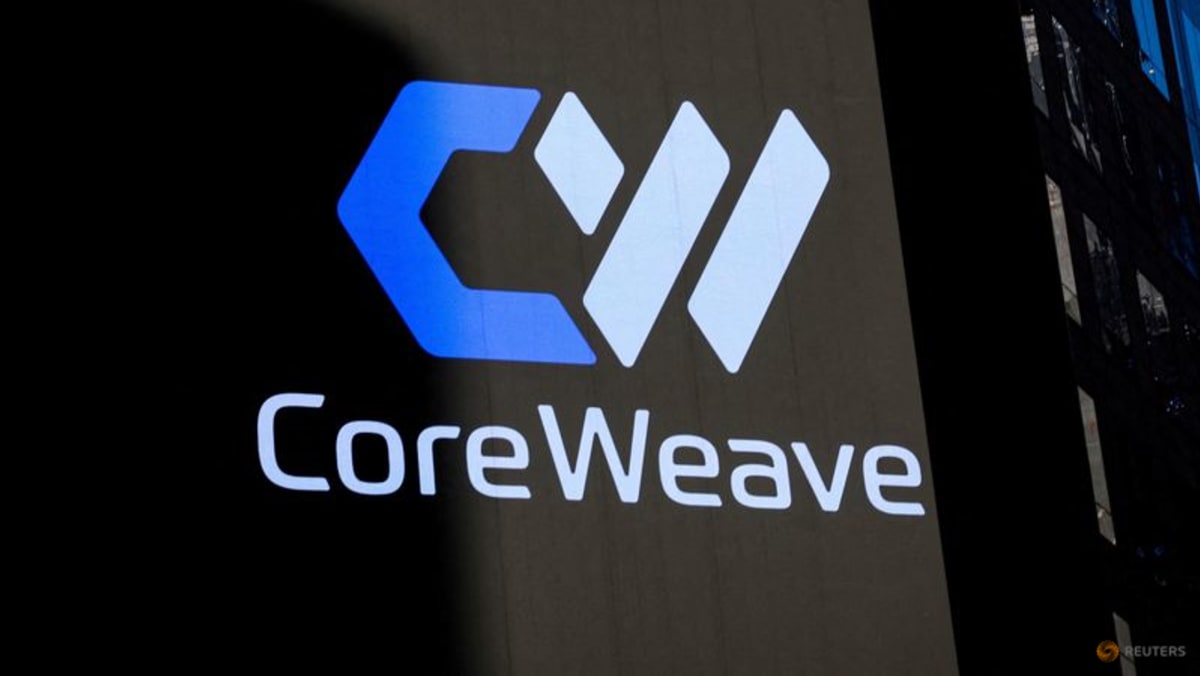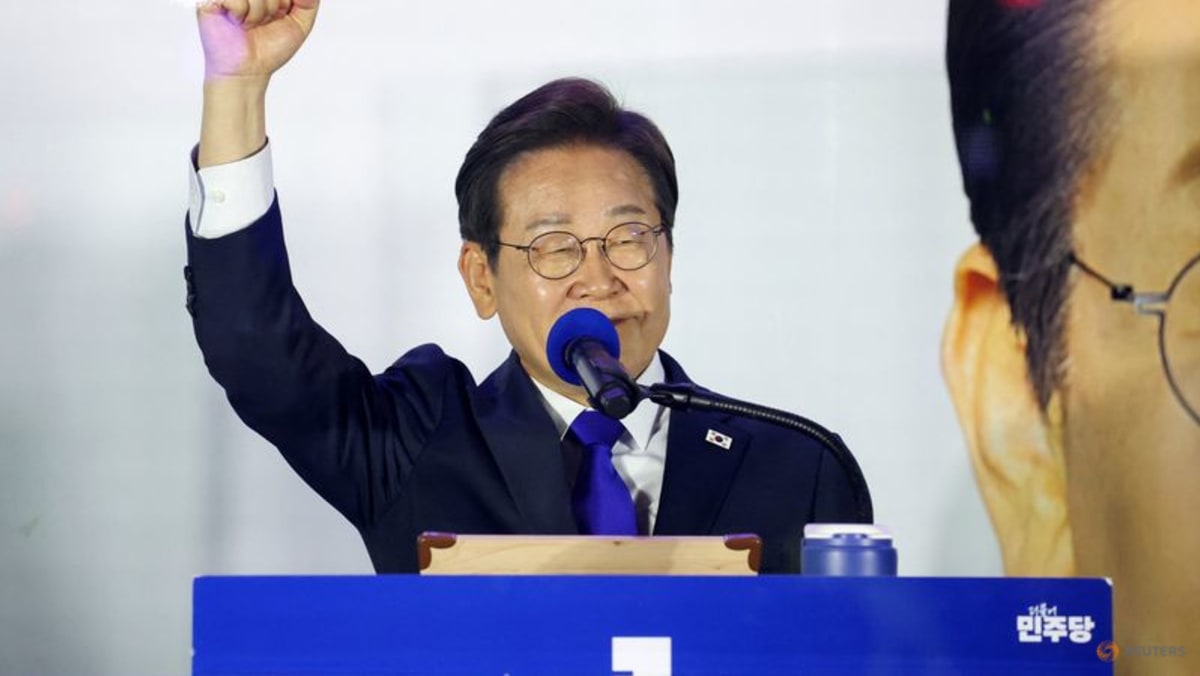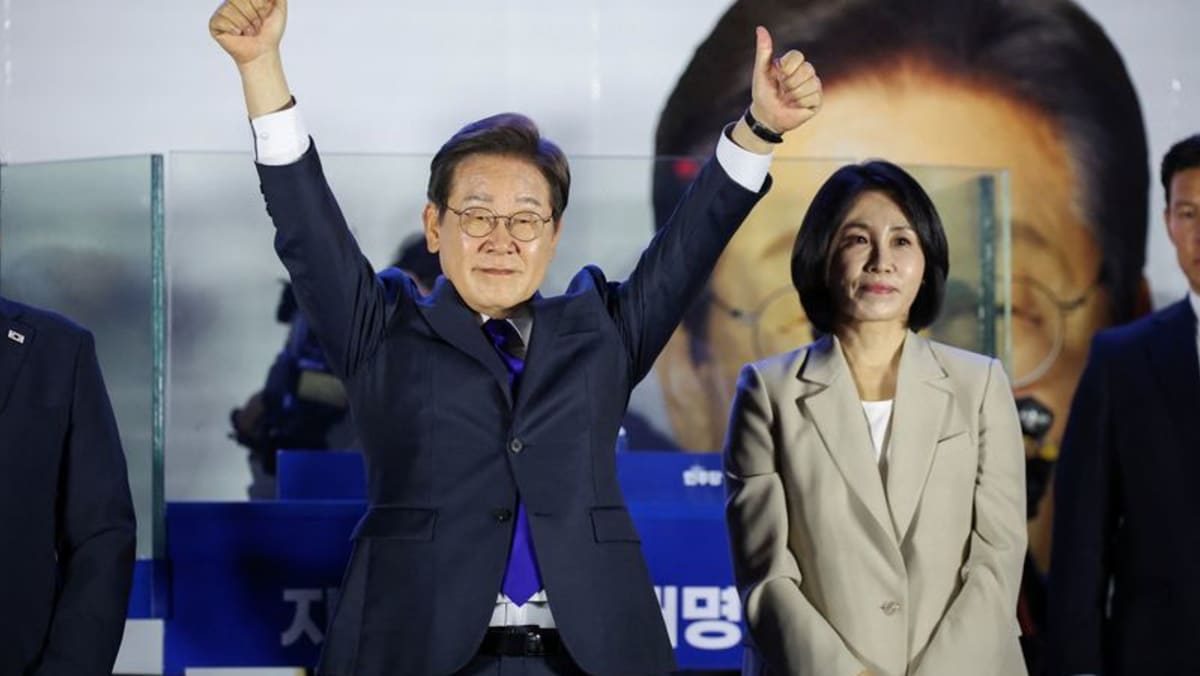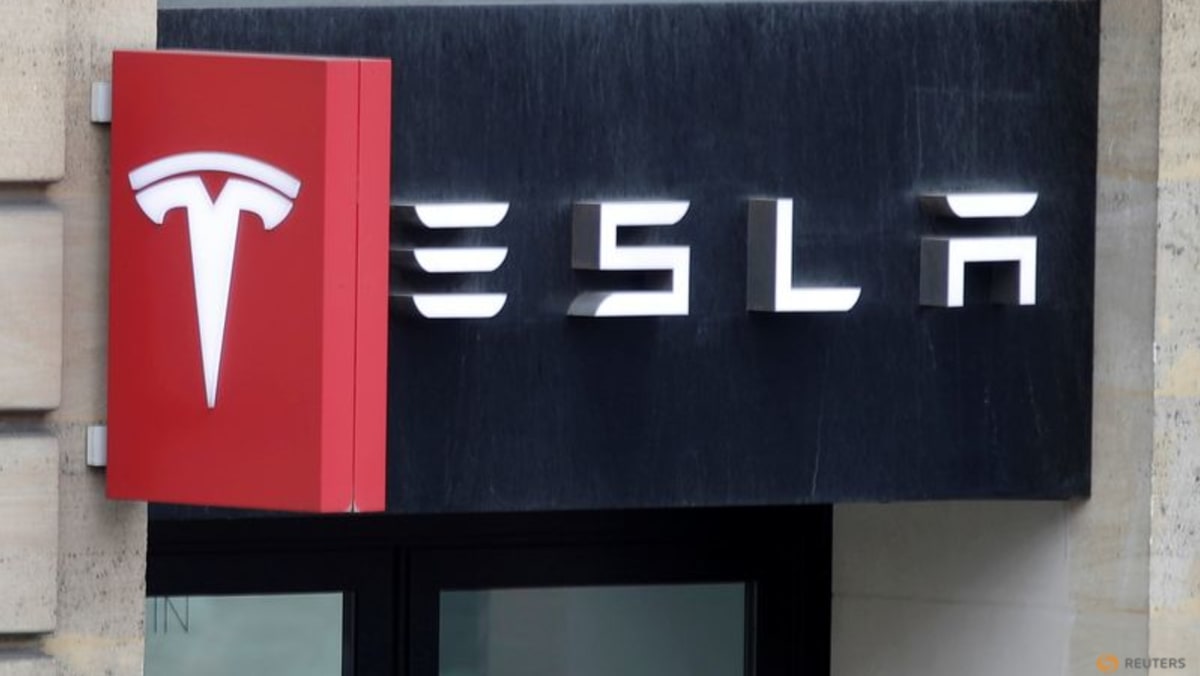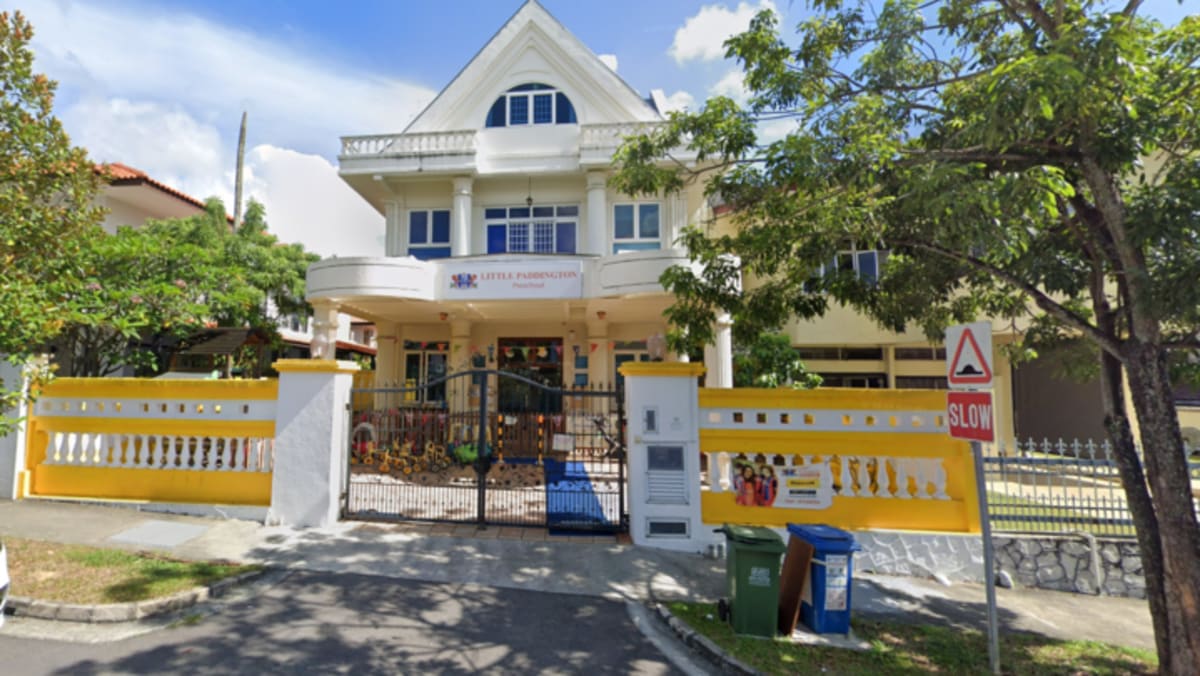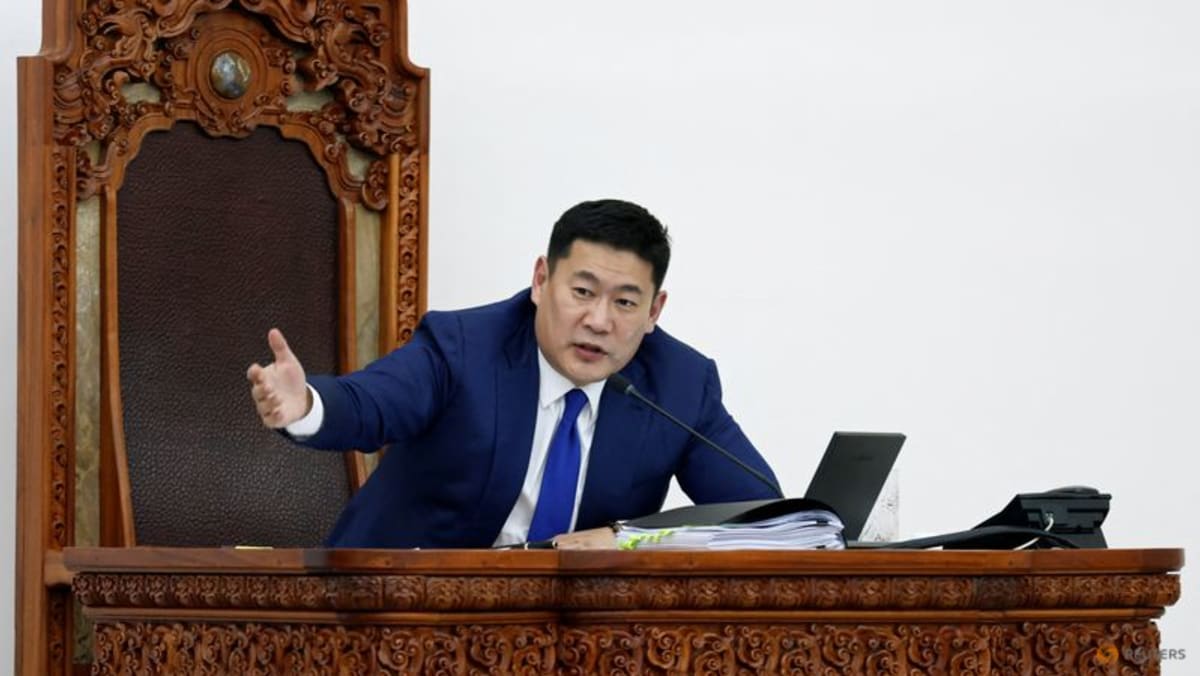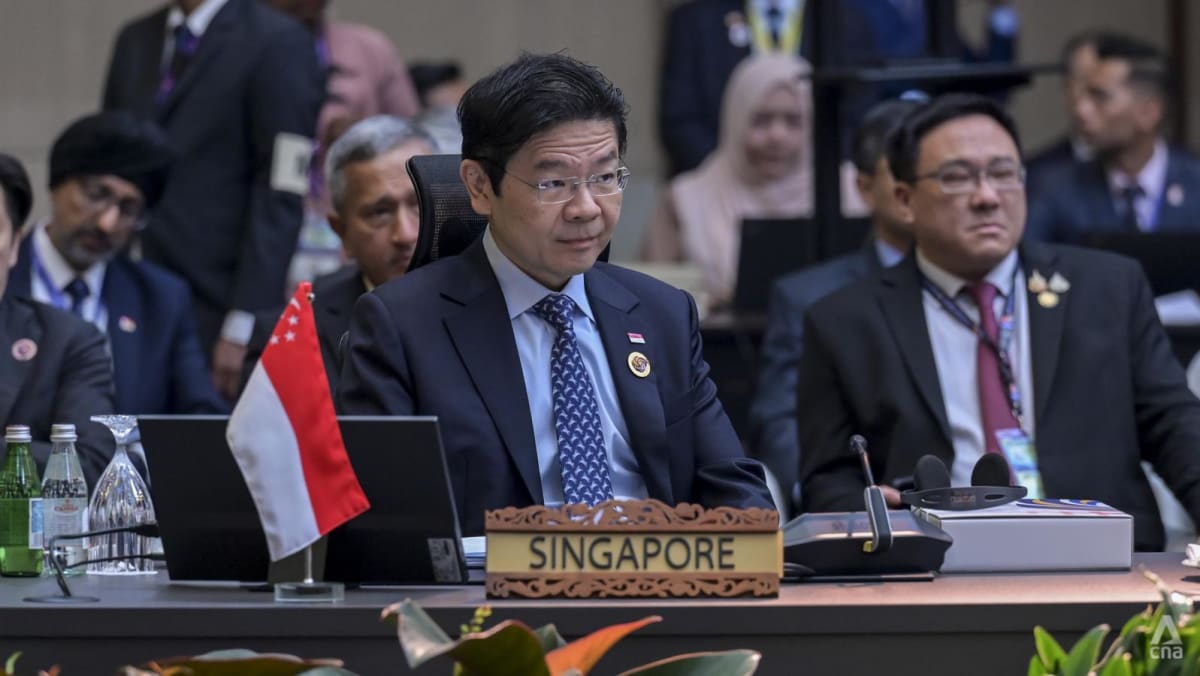Pete Hegseth seemed to be addressing a domestic audience and not those at the security forum in Singapore. Perhaps the clearest sign were the worrying statements made about China, says RSIS’ Kevin Chen.
 US Defense Secretary Pete Hegseth speaks at the IISS Shangri-La Dialogue security summit in Singapore, May 31, 2025. (Photo: Reuters/Edgar Su)
US Defense Secretary Pete Hegseth speaks at the IISS Shangri-La Dialogue security summit in Singapore, May 31, 2025. (Photo: Reuters/Edgar Su)
New: You can now listen to articles.

This audio is generated by an AI tool.
SINGAPORE: Since the first Shangri-La Dialogue (SLD) in 2002, every sitting United States Defense Secretary has delivered an address at the summit to explain their strategic vision for the region and reassure US allies and partners. Pete Hegseth continued this long tradition with his speech on Saturday (May 31) at this year’s edition of the security forum.
Taken at face value, his speech hit all the right notes. But talk is cheap.
His domestic talking points, his insistence that Asia spend more on defence, and inconsistencies between his statements and US actions may raise more questions than answers.
BRINGING MAGA TO ASIA
“America is proud to be back in the Indo-Pacific – and we’re here to stay,” Mr Hegseth proclaimed. Yet many points hinted at him not just addressing audiences in Singapore, but back in Washington too.
On one hand, talking about how the US defence establishment is improving its capabilities, from raising the defence budget to over US$1 trillion to investing in American shipbuilding, supports his assertion that America is “re-establishing deterrence around the world” by building “credible deterrence” at home.
His proclamation that Washington is shunning its past “moralistic and preachy approach” was even likely welcomed by some Southeast Asian officials in the room, given past efforts to tout liberal values were met with a mixed response.
However, not all these domestic references were welcomed by international audiences.
References to an “invasion of 21 million illegals” and US President Donald Trump’s electoral victory, for example, are targeted at the MAGA (Make America Great Again) crowd. An allusion to “taking back the Panama Canal” was likely met with concern by smaller countries.
Dismissing climate change as something that was “preached” by previous governments, while politically popular with the MAGA base, underplayed what many regional governments consider an existential security issue.
Perhaps the clearest sign that Mr Hegseth had his mind on a domestic audience were the worrying statements made about China.
In years past, Washington has claimed to engage the region on its own merits, refraining from calling out China directly. In the Biden era, China was generally framed as a “serious competitor” with whom cooperation was necessary, with the term “threat” reserved for North Korea and more recently, Russia. Even under Trump 1.0, officials tended to criticise “threatening” policies and actions.
Yet, Mr Hegseth seemingly discarded this facade, explicitly calling China a threat.
Mr Hegseth also claimed that an invasion of Taiwan “could be imminent,” even as Director of National Intelligence Tulsi Gabbard said – on the same day after his speech – China does not want a war.
While not surprising, this stridently anti-China stance raises concerns about how the US might engage Southeast Asia. The apparent gulf between what Southeast Asian governments and Washington consider important, including a confrontational approach to China and dismissal of climate change, may hinder cooperation going forward.
INSISTENCE THAT ALLIES AND PARTNERS DO MORE ON DEFENCE
US officials have traditionally called on European counterparts to bear a greater portion of the financial burden for their security. This time, Mr Hegseth called for US Asian allies and partners in Asia to follow suit with 5 per cent of their gross domestic product.
No country in Asia currently spends that much on defence. According to the SIPRI military expenditure database, most ASEAN countries spent less than 1.5 per cent of their GDP on defence in 2024.
Even Japan and South Korea which have been actively modernising their militaries spent 1.4 per cent and 2.6 per cent respectively. Singapore is the outlier with roughly 3 per cent, still well below Mr Hegseth’s expectations.
This is not to say that Asian countries are neglecting their defence capabilities. SIPRI data show that ASEAN military expenditures rose from US$20.3 billion in 2000 to US$48.3 billion in 2024.
But it is unlikely that Washington’s demand for 5 per cent will ever be achieved. Doing so would require a dramatic reworking of government budgets and legislation, along with potential political unrest trouble asif guns are seen to be prioritised over butternecessities and infrastructure.
The flipside is that Washington may pressure Asian allies that do not spend enough – including with the pledge of US protection itself.
After all, as US President Donald Trump remarked on the election trail, he would encourage Moscow to do “whatever the hell they want” to NATO members who do not spend enough on defence.
WHAT AMERICA SAYS AND WHAT IT DOES
There are also inconsistencies between Mr Hegseth’s words and the US’ recent actions.
Most leaders in the region would welcome his acknowledgment of the “geographic necessity” of economic cooperation with China, for example. Or promising to work with regional governments as “partners, not dependents.”
Yet, Washington has levied tariffs universally on its “partners”, including countries with whom America has signed free trade agreements. Washington is also pressuring countries such as Malaysia to Vietnam to enforce rules of origin to cut down on transshipments of Chinese goods.
The inconsistencies deepen the more you look.
Mr Hegseth criticised China for a “lack of respect for neighbours” but offered no explanation for how this is different from US ambitions in Greenland and Canada. He raised, as he did in Manila and Munich, that the Indo-Pacific is America’s “priority theatre,” but did not address concerns that munitions are being redirected to the Middle East to support US strikes on the Houthis.
At the core of many of these concerns is the question: Is the US serious about its pivot to Asia? The idea of a pivot was first mooted in the Obama administration, but Washington has struggled to make this concrete amid crises in the Middle East and Europe.
Just as Mr Hegseth invoked Singapore’s founding prime minister, Mr Lee Kuan Yew, in his speech, it would be helpful for US officials to recall Mr Lee’s thoughts on America’s strengths and weaknesses from a decade ago.
While America’s “creativity, resilience and innovative spirit” allow it to confront and overcome its core problems, the US cannot simply treat Asia like a movie that it can pause and resume at will. “It does not work like that,” he said. “If the United States wants to substantially affect the strategic evolution of Asia, it cannot come and go.”
Yes, talk is cheap. It is now up to the US to practise what it preaches and convince the region of its credibility.
Kevin Chen is an Associate Research Fellow with the U.S. Programme at the S Rajaratnam School of International Studies (RSIS), Nanyang Technological University (NTU), Singapore.


